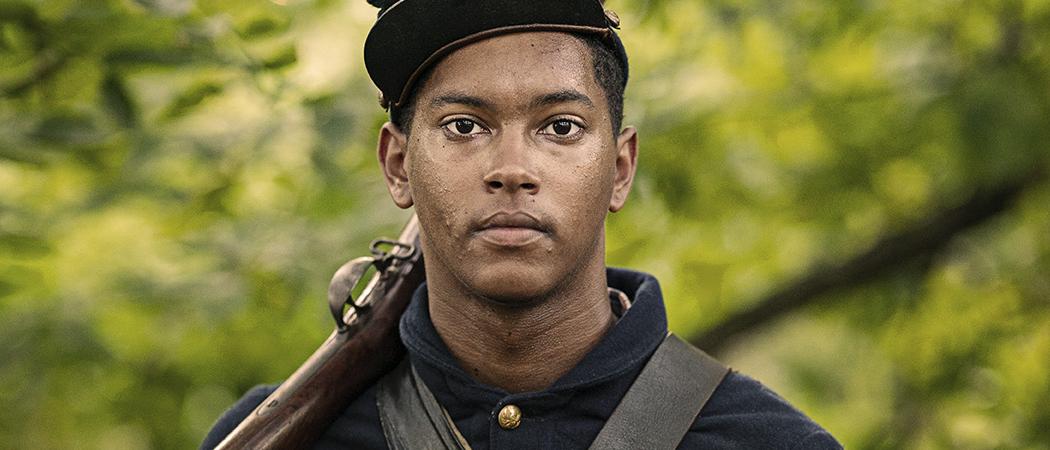
When Edward Ratcliff was born into slavery on a Virginia farm in 1835, he could never have predicted the trajectory his life would take – or how it would shape his family for generations to come.
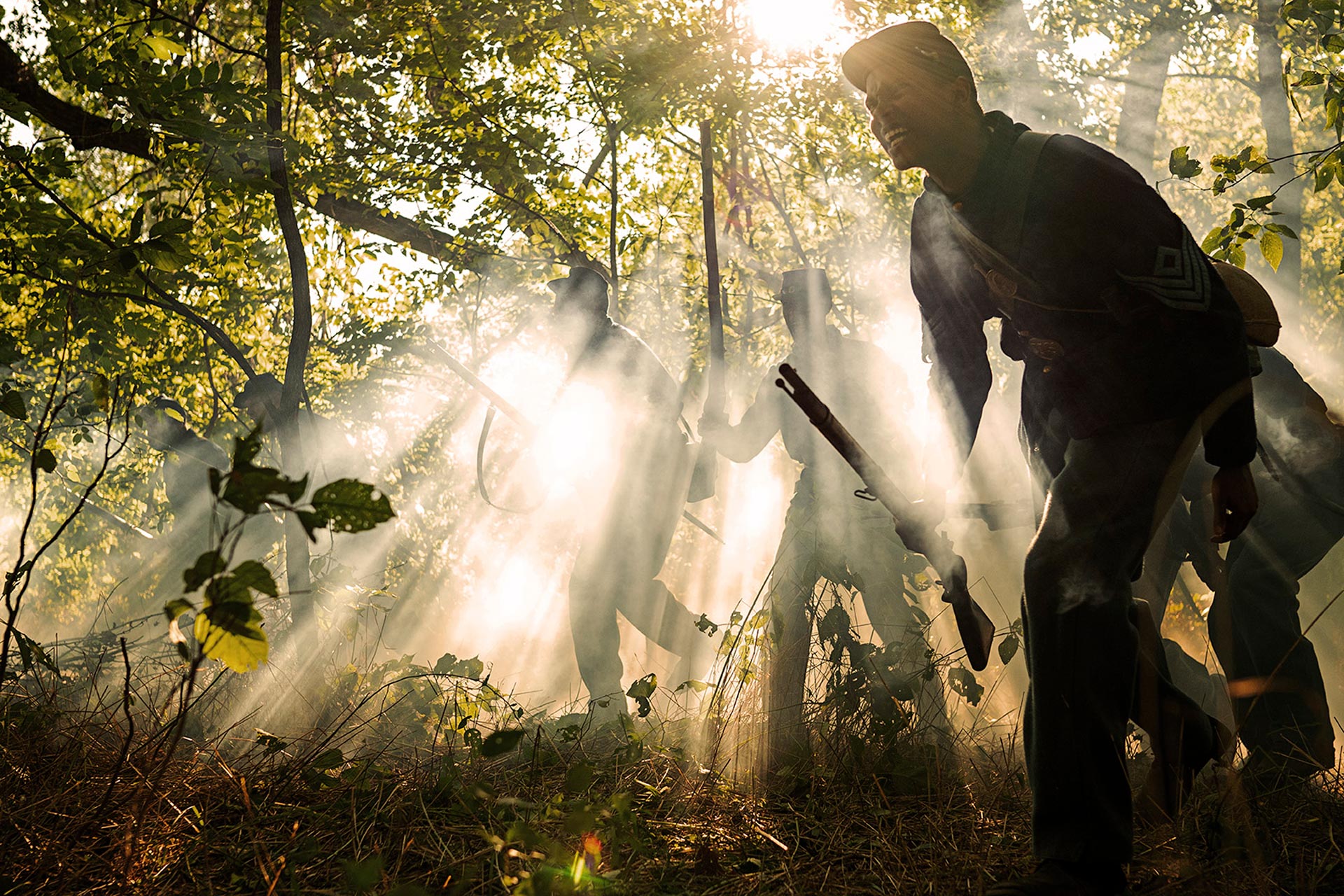
PHOTO CREDIT: ANDY ANDERSON
For 29 years, Edward Ratcliff worked the lands of the Hankins Farm in James City County, just outside the modern city of Williamsburg. He fell in love and married fellow slave Grace Randall in the summer of 1858; they had a daughter, Hannah, in March 1861, as the fate of the nation hung in the balance.
The farm on which Ratcliff worked was successful – a solidly upper-middle class operation of some 700 acres presided over by a family that owned a carriage, harpsichord and 38 slaves at the outset of the war. The Hankinses were staunch Virginians, altering the family bible’s reference to a namesake when Winfield Scott did not resign his commission after succession to fight for the Confederacy. Alexander Hankins helped raise the James City Artillery, which saw Southern service across Virginia.
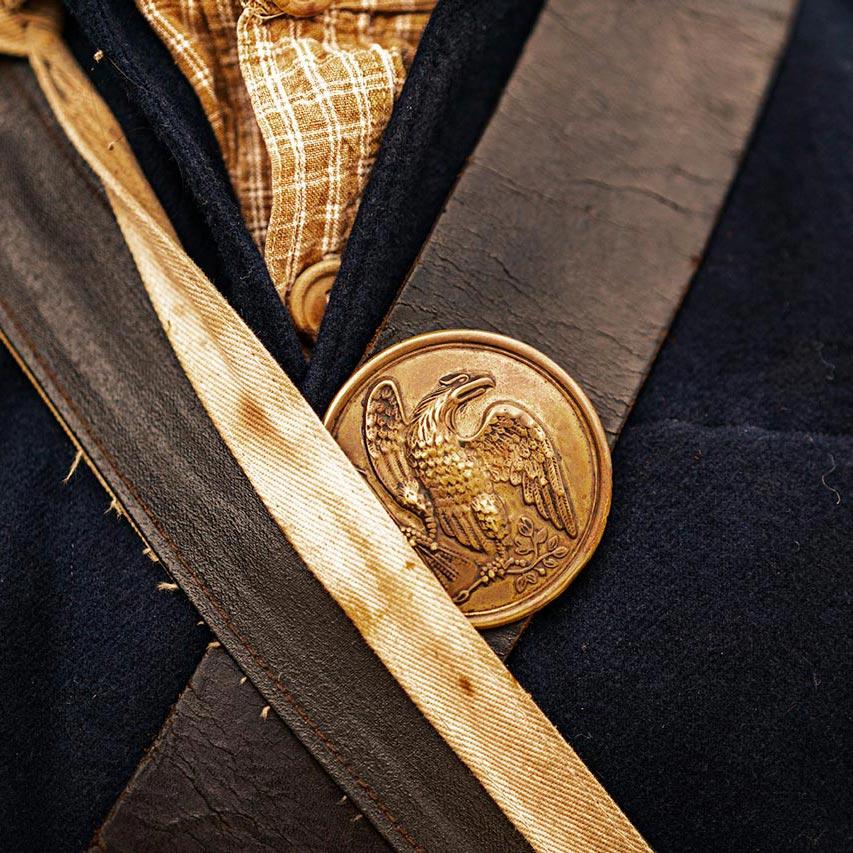
PHOTO CREDIT: ANDY ANDERSON
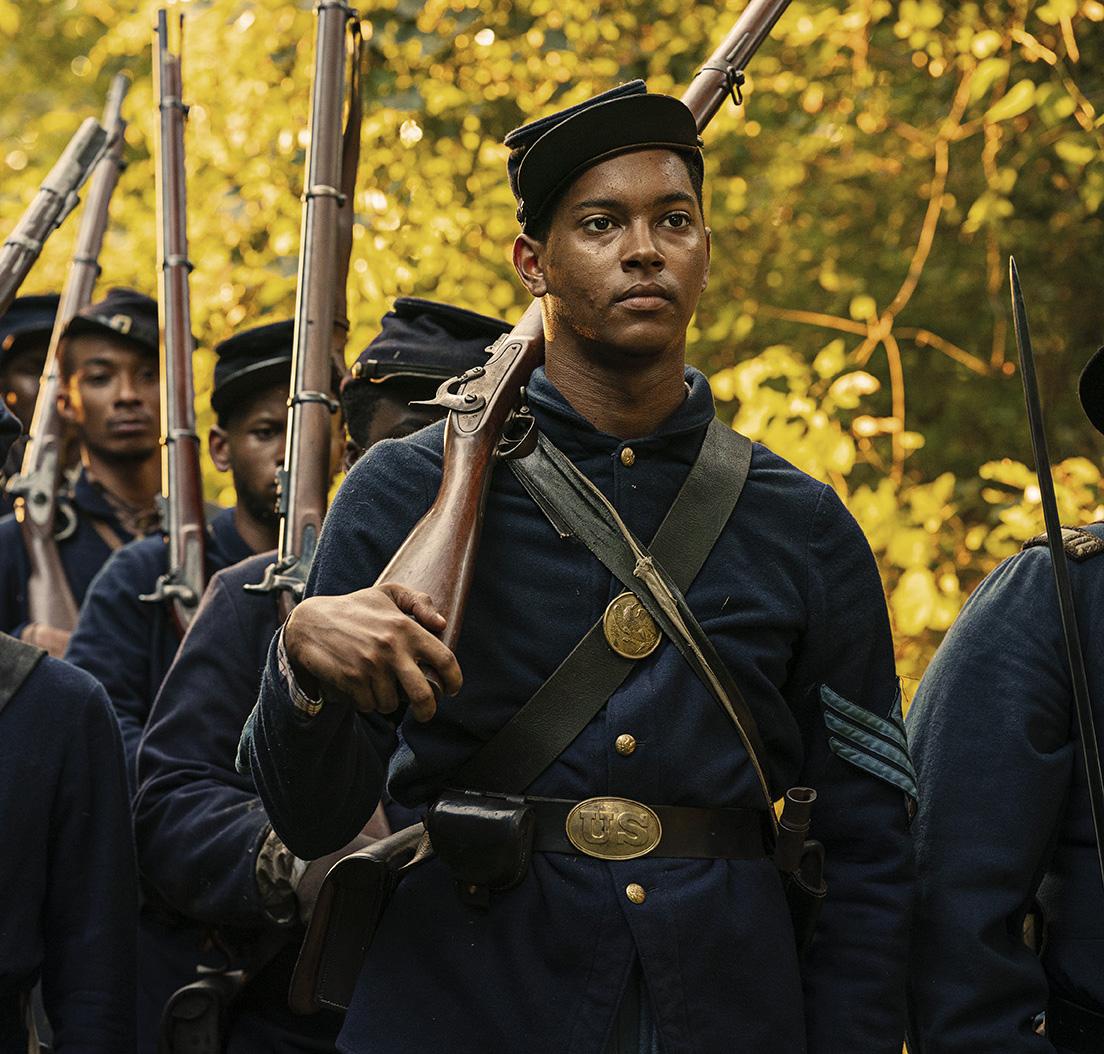
PHOTO CREDIT: ANDY ANDERSON
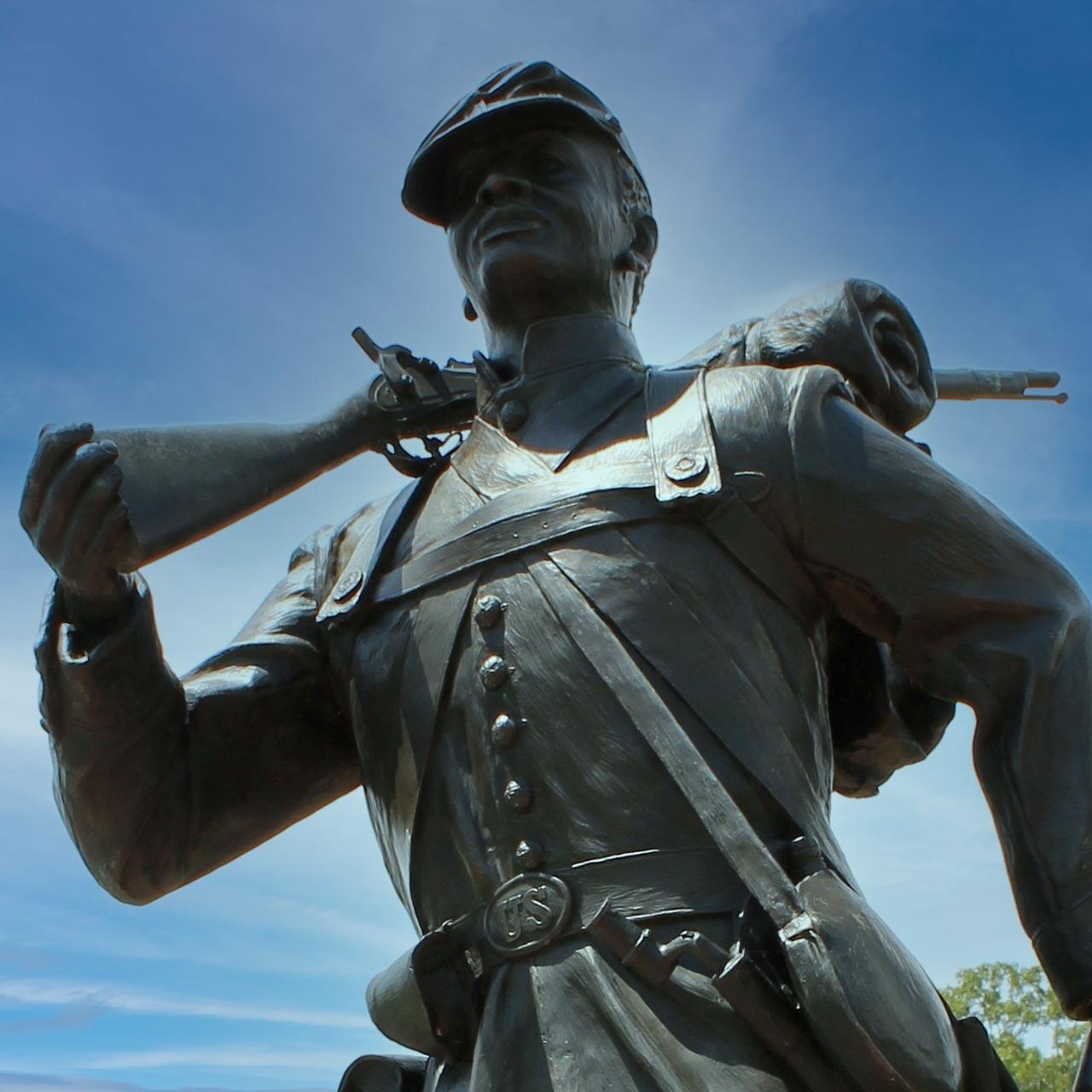
PHOTO CREDIT: POTOMAC SUN PHOTOGRAPHY
“Commanded and gallantly led his company after the commanding officer had been killed; was the first enlisted man to enter the enemy's works.”
The regiment had the chance to prove its mettle during the Battle of New Market Heights on September 28, 1864, just outside Richmond. Their initial charge on the Confederate position was pinned down and Ratcliff’s commanding officer was killed. But Ratcliff took charge and led his men forward in fierce fighting, becoming the first Union soldier to enter the enemy’s defenses and stand inside their fortification. He was awarded the Medal of Honor on April 6, 1865, one of 14 Black soldiers to earn the distinction during that engagement.
“Despite a life spent in servitude, Ratcliff was apparently a natural soldier with some type of leadership ability; he was promoted to 1st sergeant after about one month.”
Ratcliff was ultimately promoted sergeant major and was mustered out of service at Indianola, Texas, on January 25, 1867. He returned to the Virginia Peninsula, where his descendants still live (although the spelling of their name has changed to Radcliffe), and died on March 10, 1915.
Although the cemetery where he was interred passed into the jurisdiction of the U.S. Navy, over time his grave was lost and unmarked until a 2006 ceremony. That day, his grandson Edward, who served in World War II, received the folded flag from his own grandson, a third Edward, who serves in the U.S. Marine Corps.
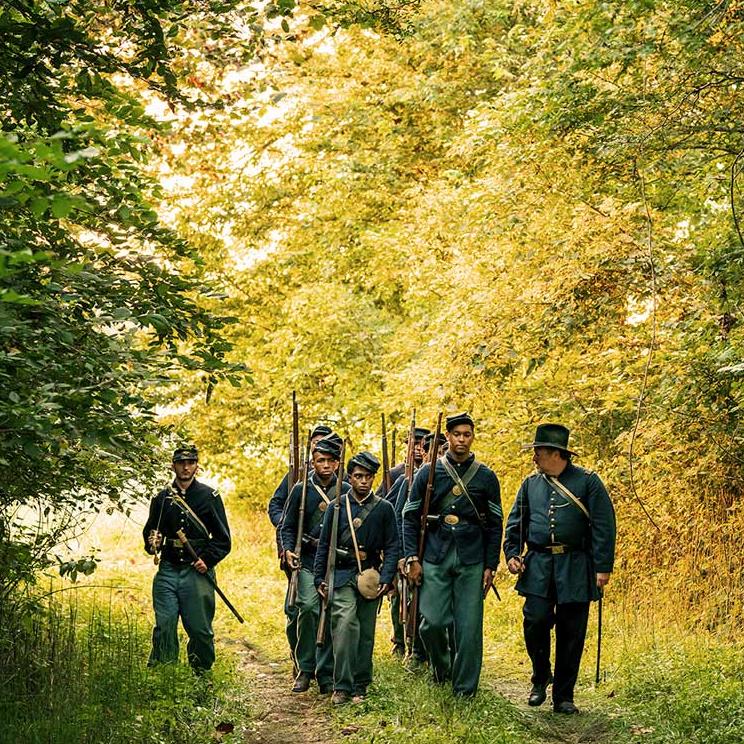
PHOTO CREDIT: ANDY ANDERSON